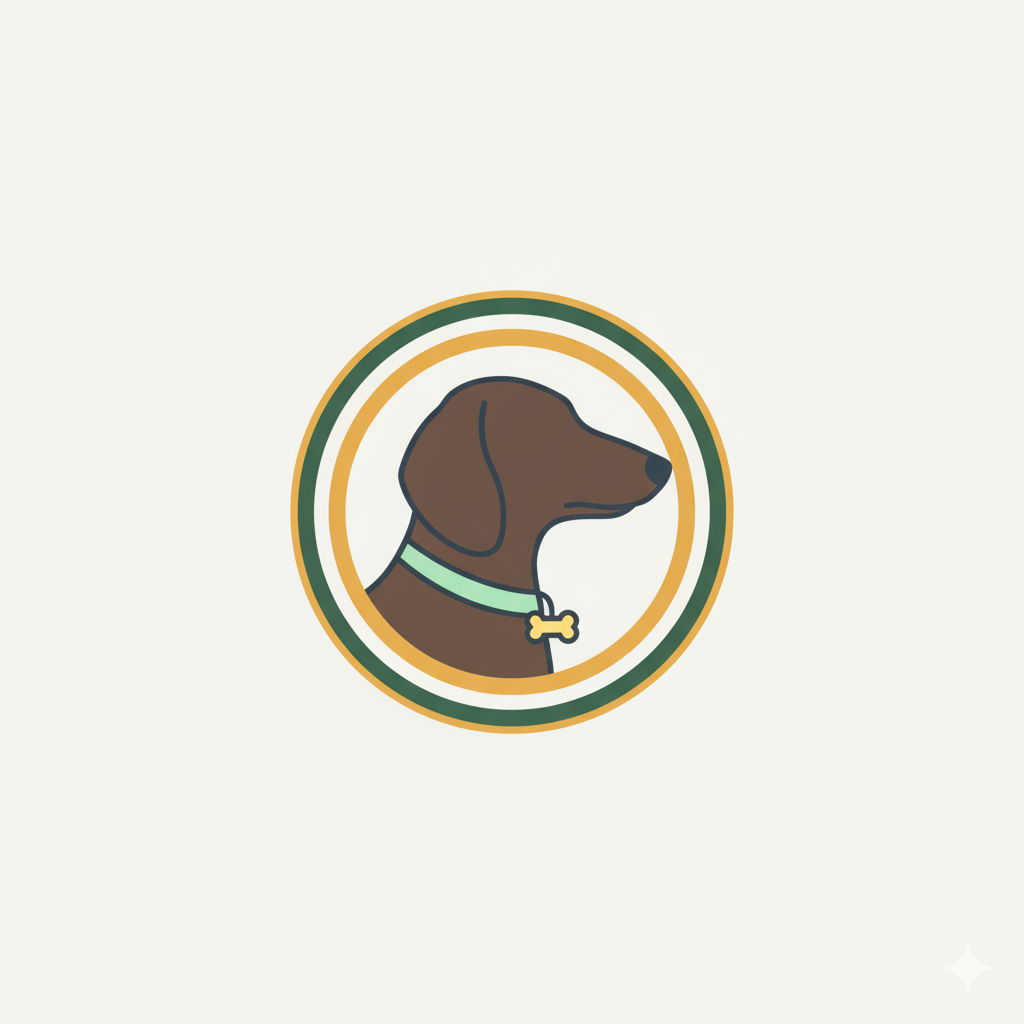Timeline of Cats’ Introduction and Domestication in the UK
The introduction of cats to Britain dates back over 2,000 years, with early archaeological evidence pointing to Roman times. Cats were likely brought to Britain by Romans, prized for their skills in controlling rodents on ships and in settlements. This marked the beginning of the evolution of cats in the UK from wild hunters to companions closely linked with human activity.
The domestication of cats in the UK developed gradually. Initially valued for pest control, cats soon took on deeper cultural significance. Medieval Britain saw cats both revered and feared—sometimes associated with superstition, but often appreciated for their utility in keeping grain stores safe. Over centuries, this relationship evolved; cats became household pets, companions, and symbols of comfort.
This might interest you : What Are the Unique Characteristics That Distinguish Different Breeds of Cats?
As British society progressed, so did the roles of cats. By the Renaissance and later eras, the history of cats in Britain reflects a shift from purely functional animals to beloved family members. The ongoing interplay between cats and humans in Britain highlights their adaptability and enduring presence throughout the country’s cultural and domestic landscape.
Genetic Adaptations and Breed Developments in British Cats
British cats exhibit unique genetic adaptations shaped by the UK’s environment and history. The gene pool of domestic cats in the UK has evolved to include traits that favor survival in temperate climates, such as denser fur and robust builds. These adaptations are evident in the development of British cat breeds like the British Shorthair, known for its muscular frame and plush coat.
Also to see : How Can Cats Be Trained to Exhibit New Behaviors?
Scientific research on cat genetics UK reveals how selective breeding enhanced characteristics like temperament and health, leading to breeds well-suited for indoor and outdoor living. Over time, these breeds have gained popularity for their calm demeanor and adaptability, reflecting human preferences along with natural evolution.
Studies tracking the evolution of domestic cats demonstrate that British breeds carry genetic markers distinct from other global populations. These markers reflect both historical isolation and crossbreeding with wild and domestic cats, resulting in a diverse yet characteristic genetic profile.
Understanding cat adaptation UK helps breeders and owners make informed decisions that support the health and longevity of British cats, ensuring treasured breeds continue to thrive in their native environment.
Environmental and Behavioral Adaptations in Britain
Cats in the UK have developed distinct environmental adaptations to thrive in varied climates and landscapes. British weather, often damp and temperate, influences cat behavior UK by encouraging more indoor activity during colder months. Many cats adjust their day-to-day routines, seeking warmth and shelter, which is a notable shift from their usually outdoor-oriented ancestors.
Urban and rural settings in the UK present unique challenges for cats. In cities, space limitations and human presence have led to notable differences between urban and rural cats. Urban cats are generally more cautious and have developed heightened awareness to avoid traffic and crowded areas. In contrast, rural cats enjoy freer movement but face natural predators and fluctuating food availability, leading to inventive survival skills.
Changes in UK cat lifestyle changes further manifest in hunting strategies. Stray and feral cats often rely on smaller prey, adapting to limited resources. Additionally, social behaviors evolve; outdoor cats may form loose colonies to enhance survival rates, while indoor cats develop stronger bonds with owners. These environmental adaptation cats display fascinating resilience, balancing safety, warmth, and interaction in Britain’s diverse settings.
Cats in British Culture: Historical and Modern Perspectives
Cats in British culture have long held a blend of symbolic and practical significance. Historically, cats were valued for their rodent-catching skills, protecting grain stores and homes, a practical role that earned them respect in both rural and urban settings. This role was essential in the UK, where agriculture formed the economic backbone for centuries.
Beyond practicality, cats in British culture have been rich symbols in folklore and art. Medieval manuscripts and paintings often depicted cats as mysterious creatures, sometimes associated with witchcraft or good fortune. For example, black cats in particular were ambivalent symbols, seen as either protectors or omens depending on regional beliefs.
In modern Britain, attitudes toward cats have become more affectionate and companion-focused. Cats are frequently featured in British media, from beloved TV characters to social media stars, highlighting the country’s fondness for them as pets rather than just working animals. This shift reflects wider social changes, with cats moving from historical utilitarian roles to cherished companions, highlighting evolving relationships in British homes and culture.
Understanding these changes helps explain why cats continue to captivate British hearts today, both as symbols and as everyday friends.
